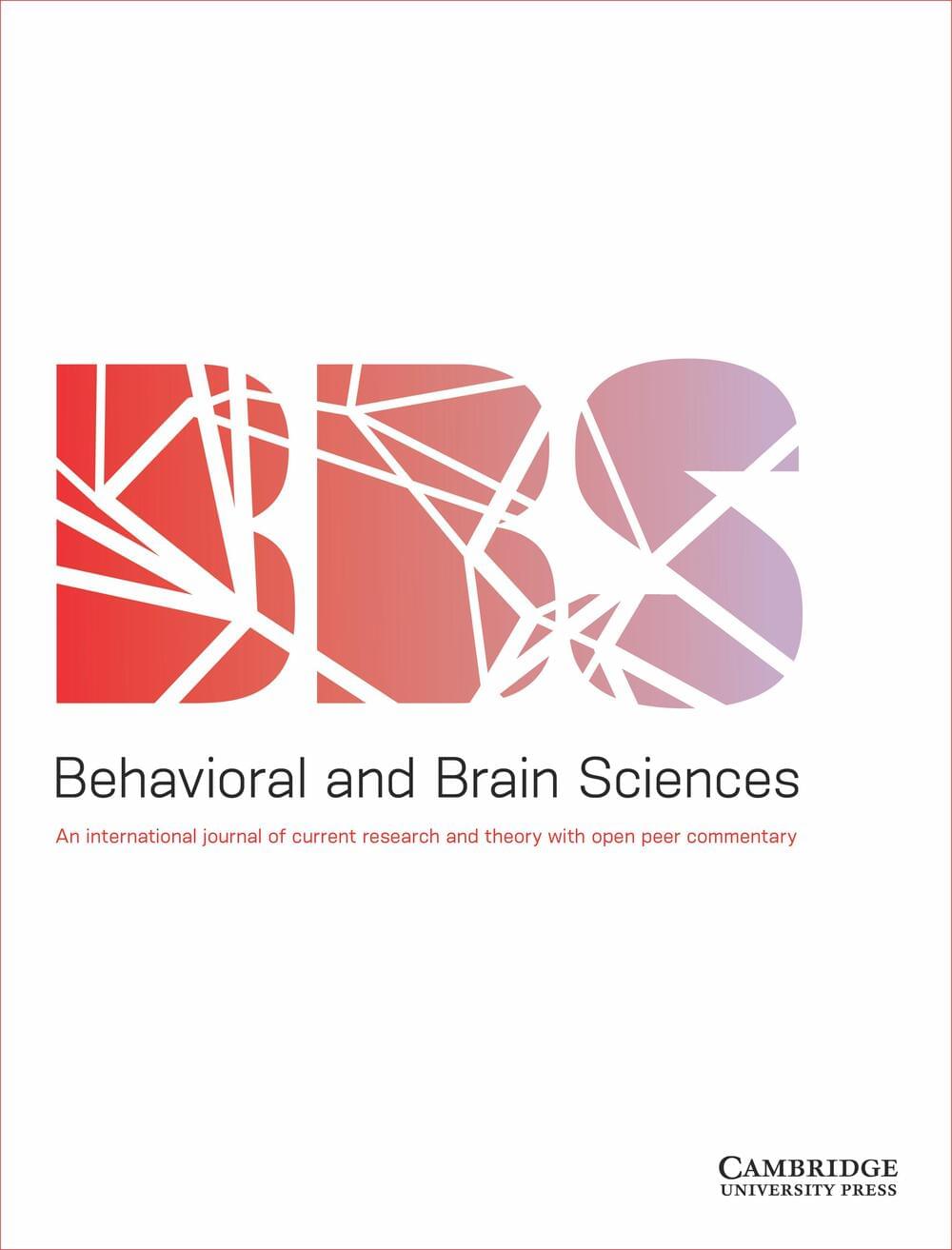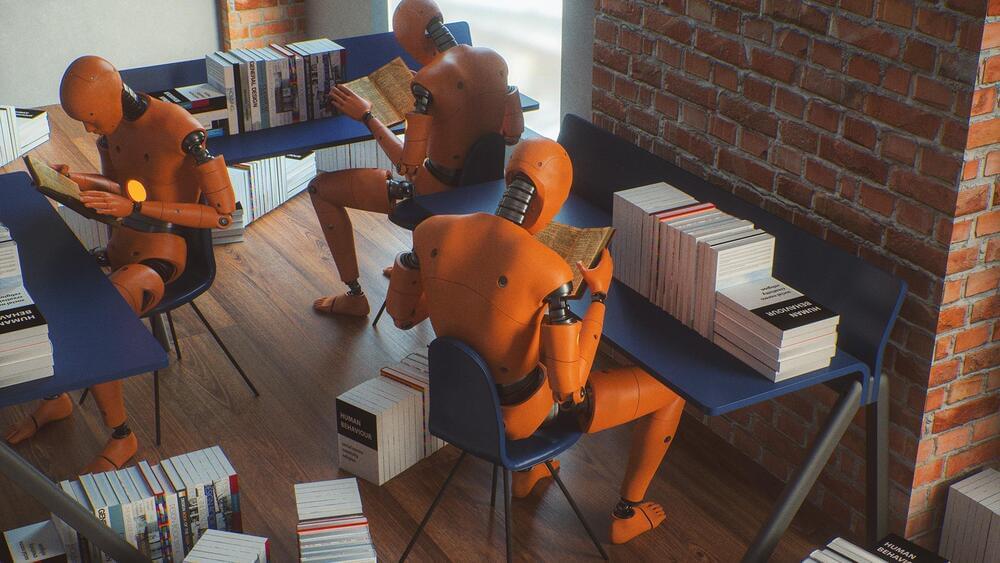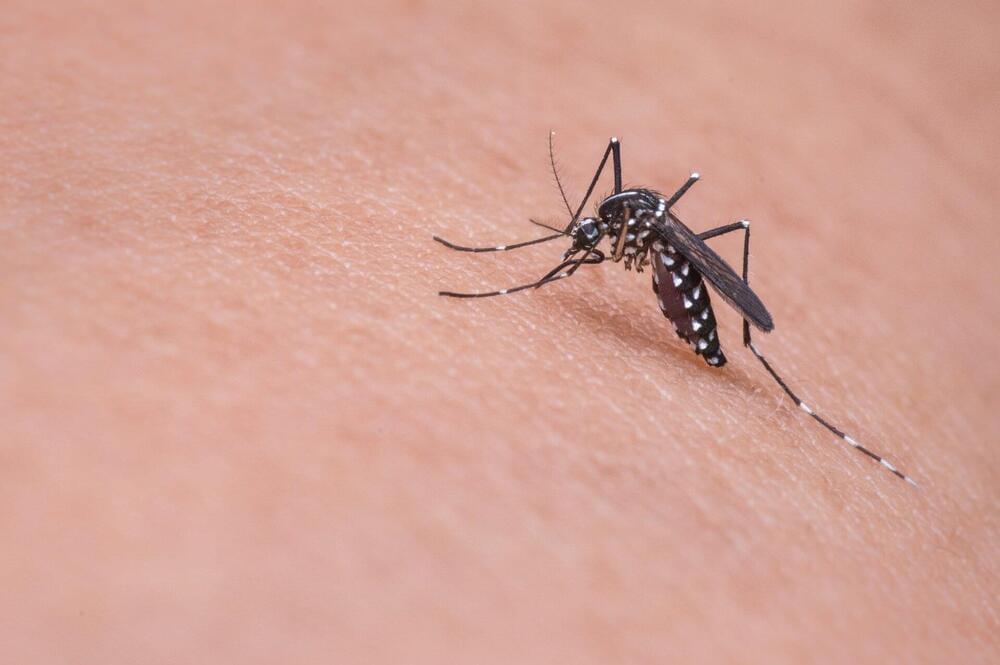A sudden increase in AI capability suggests a weirder world in our near future.


Technology has already changed our world. I mean, who knew that we’d be able to flick a switch to illuminate the darkness rather than lighting a candle? It’s wild. But the technology we have today and will have in the future is absolutely insane. From 3D printing houses to robotics to help us in our jobs, here are 20 emerging technologies that will change our world.
► For copyright matters please contact us: [email protected]

We discuss how uncertainty underwrites exploration and epistemic foraging from the perspective of active inference: a generic scheme that places pragmatic (utility maximization) and epistemic (uncertainty minimization) imperatives on an equal footing – as primary determinants of proximal behavior. This formulation contextualizes the complementary motivational incentives for reward-related stimuli and environmental uncertainty, offering a normative treatment of their trade-off.
Tidbits:
This current experiment is 3 million dollars.
They want to do another one in October but it’s not funded yet.
They have not nailed down the October round yet but wish to do plasma exchange and cellular reprogramming.
They will kill some of the current experiment mice because they need to assess the health of organs directly.
Thank you to Brilliant for Supporting PBS. To learn more go to https://brilliant.org/SpaceTime/
PBS Member Stations rely on viewers like you. To support your local station, go to: http://to.pbs.org/DonateSPACE
Sign Up on Patreon to get access to the Space Time Discord!
https://www.patreon.com/pbsspacetime.
Life as we know it is carbon-based, but does it have to be this way? There’s another element on the periodic table that shares some of the key properties of carbon but is far more abundant on most planets. I’m talking about silicon. So is there silicon-based life out there?
Check out the Space Time Merch Store.
https://www.pbsspacetime.com/shop.
Sign up for the mailing list to get episode notifications and hear special announcements!
An exploration of the idea that life can actually cause the extinction of previously existing life.
My Patreon Page:
https://www.patreon.com/johnmichaelgodier.
My Event Horizon Channel:
https://www.youtube.com/eventhorizonshow.
Cylinder Eight by Chris Zabriskie is licensed under a Creative Commons Attribution 4.0 license. https://creativecommons.org/licenses/by/4.0/
Our lifespans might feel like a long time by human standards, but to the Earth it’s the blink of an eye. Even the entirety of human history represents a tiny slither of the vast chronology for our planet. We often think about geological time when looking back into the past, but today we look ahead. What might happen on our planet in the next billion years?
Written and presented by Prof David Kipping, edited by Jorge Casas.
→ Support our research program: https://www.coolworldslab.com/support.
→ Get Stash here! https://teespring.com/stores/cool-worlds-store.
THANK-YOU to our supporters D. Smith, M. Sloan, C. Bottaccini, D. Daughaday, A. Jones, S. Brownlee, N. Kildal, Z. Star, E. West, T. Zajonc, C. Wolfred, L. Skov, G. Benson, A. De Vaal, M. Elliott, B. Daniluk, M. Forbes, S. Vystoropskyi, S. Lee, Z. Danielson, C. Fitzgerald, C. Souter, M. Gillette, T. Jeffcoat, J. Rockett, D. Murphree, S. Hannum, T. Donkin, K. Myers, A. Schoen, K. Dabrowski, J. Black, R. Ramezankhani, J. Armstrong, K. Weber, S. Marks, L. Robinson, S. Roulier, B. Smith, G. Canterbury, J. Cassese, J. Kruger, S. Way, P. Finch, S. Applegate, L. Watson, E. Zahnle, N. Gebben, J. Bergman, E. Dessoi, J. Alexander, C. Macdonald, M. Hedlund, P. Kaup, C. Hays, W. Evans, D. Bansal, J. Curtin, J. Sturm, RAND Corp., M. Donovan, N. Corwin, M. Mangione, K. Howard, L. Deacon, G. Metts, G. Genova, R. Provost, B. Sigurjonsson, G. Fullwood, B. Walford, J. Boyd, N. De Haan, J. Gillmer, R. Williams, E. Garland, A. Leishman, A. Phan Le, R. Lovely, M. Spoto, A. Steele, M. Varenka, K. Yarbrough & F. Demopoulos.
::Music::
Music licensed by SoundStripe.com (SS)[shorturl.at/ptBHI], Artlist.io, via Creative Commons (CC) Attribution License (https://creativecommons.org/licenses/by/4.0/), or with permission from the artist.
► 00:00 Hill — All Flesh Is as the Grass [https://open.spotify.com/track/1WuMK4qy9tUSGMINoEClxL?si=5635838259b34fa4]
► 03:56 Hill — The Great Alchemist [https://open.spotify.com/track/3PAx36jIsKiQMT9CQsRk4G?si=035fc819505445a1]
► 07:50 Outside the Sky — Trillions.
► 11:41 Hill — We Are Unceasing Beings [https://open.spotify.com/track/3TnhawPMycRrPuTnKzNGNN?si=bddf4e61177d48c4]
► 14:57 Indive — Halo Drive.
::Chapters::



A device developed at the University of Florida for the U.S. military provides protection from mosquitos for an extended period and requires no heat, electricity or skin contact.
The controlled-release passive device was designed by Nagarajan Rajagopal, a Ph.D. candidate and Dr. Christopher Batich in UF’s Department of Materials Science and Engineering in the Herbert Wertheim College of Engineering. It recently was tested successfully in a four-week semi-field study at the U.S. Department of Agriculture in Gainesville in a collaboration with Dr. Daniel Kline, Dr. Jerry Hogsette and Adam Bowman from the USDA’s Center for Medical, Agricultural and Veterinary Entomology.
Results showed the controlled release of the repellent transfluthrin was effective in preventing multiple species of mosquitos from entering the testing site. Transfluthrin is an organic insecticide considered to be safe for humans and animals.